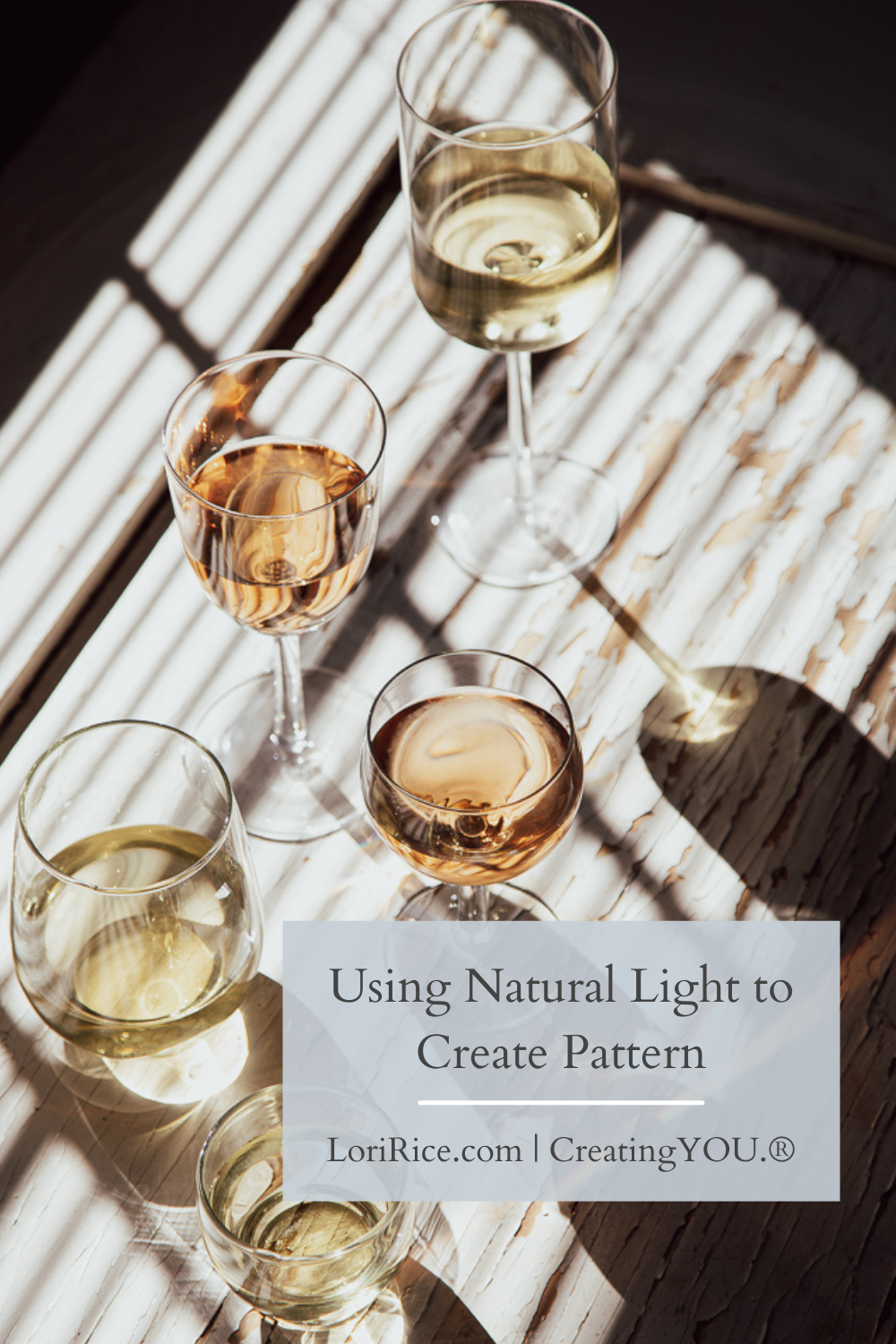The Internet is a funny thing. It seems like when we really start to lean one direction for our work, say with natural light food photography, its sensors pick up on that and everything in our path from ads to forum comments stack up against us.
When it comes to being a natural light photographer, I’ve heard it all. Things like, you’re not a professional photographer if you use only natural light. This one makes me laugh because I can’t remember the last time that I saw a nature photographer haul a big light out on their 10-mile hike or a wedding photography assistant carrying a light around from person to person during a ceremony. Are they not professionals?
I’ve also seen ads on Instagram about how wrong people were to use natural light and how their course using artificial light changed their worlds. I think that’s great - for them. Not for everyone.
Let’s just get clear on one thing - there are lots of types of photography, lots of light options that can be used in each, and none of your choices make you better, worse, or less professional than anyone else.
It’s about doing what YOU do. Don’t let people make you feel inferior based on how you choose to work.
If you are here learning from me I expect two things to be true.
You enjoy photographing with natural light and/or you know that what I teach here in terms of styling and camera use is applicable whether your light is in a window or plugged into a wall.
I’m going to share some practical reasons why natural light can be a good choice along with a few things to consider when choosing it.
Then I’m going to share why I’ve chosen to stick with it throughout my career over these past 12 years.
It’s great for small spaces. Gear can fill up a space fast making working in it more frustrating.
It’s budget-friendly. The less extra gear I have to buy, the more I can invest in my camera bodies and experiment with new lenses.
When controlled well, it creates beautiful, natural images.
It requires flexibility. I show you in Confused to Confident how to shoot all day long with natural light. But obviously, you can’t photograph at 10pm. Well, unless you are in special places like Alaska some parts of the year.
You have to change with the seasons. I work longer days in the summer and shorter in the winter.
Natural light works better for me when I’m without a tripod and can move to capture the best angle.
But this is really why I choose to use it 95% of the time.
Unlike a lot of other people, I’m not trying to convince you one way or the other. You can use both natural and artificial light, or work mainly with one or the other. And your goals for your work will have an impact on the best choice.
Just remember that your work, is your work. How you choose to get to a final photo shouldn’t be the basis for how professional or good you are at what you do. And when you choose one way to work, always remember it’s okay if that changes over time.
Ready to learn some more?










